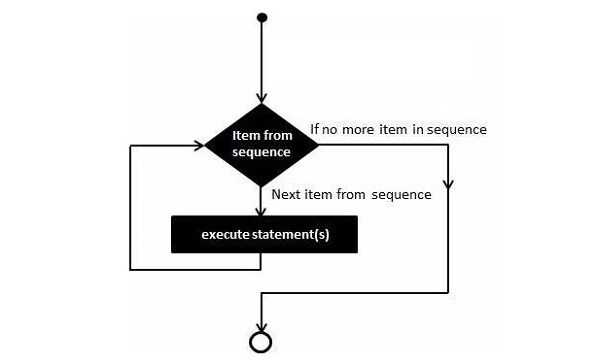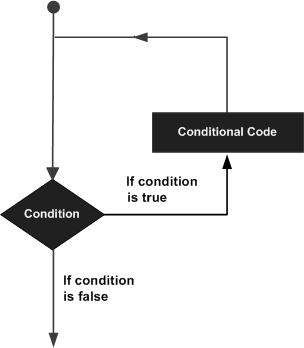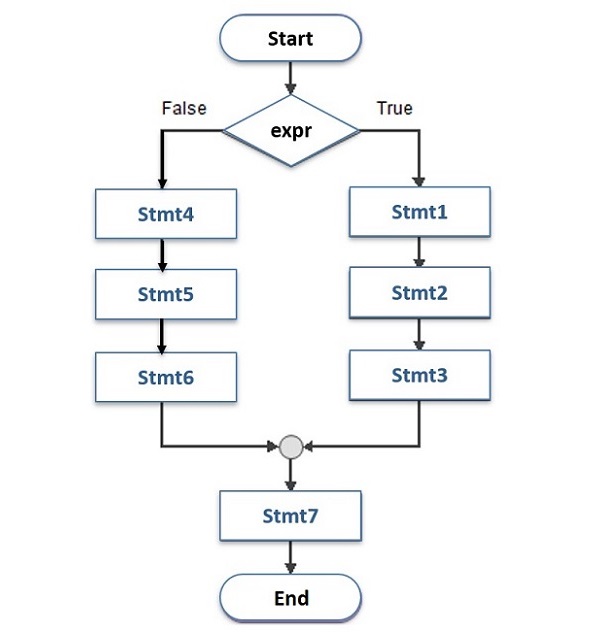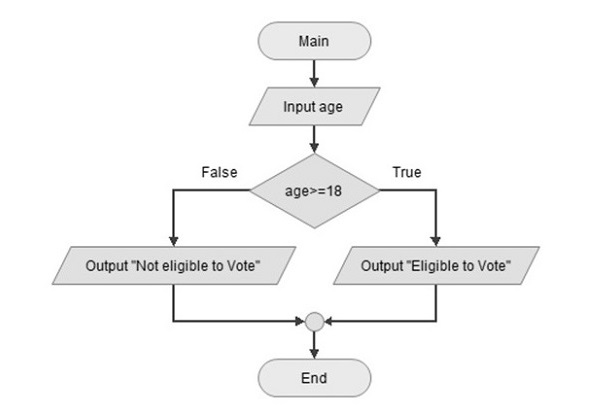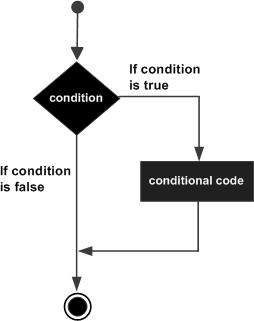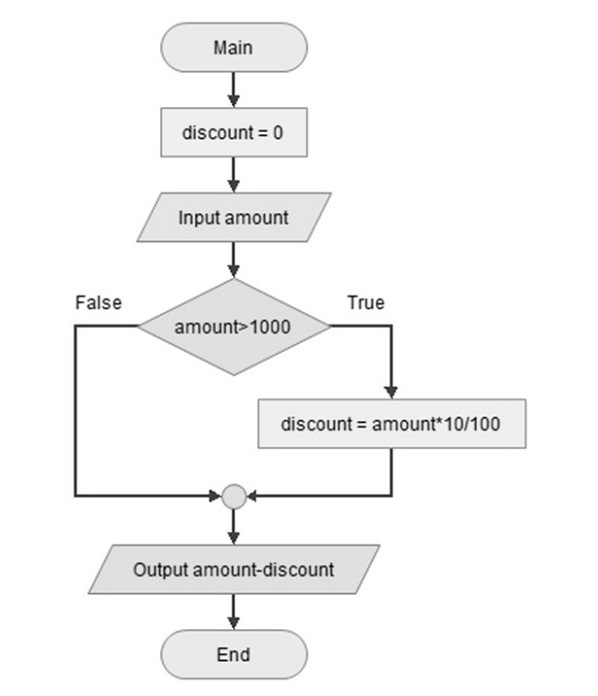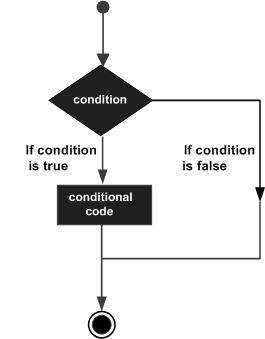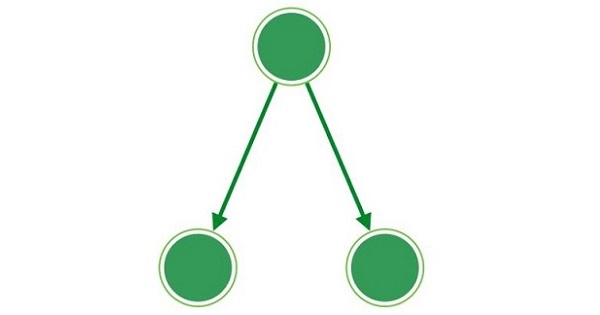Python – For Else Loop
Python supports an optional else block to be associated with a for loop. If a else block is used with a for loop, it is executed only when the for loop terminates normally.
The for loop terminates normally when it completes all its iterations without encountering a break statement, which allows us to exit the loop when a certain condition is met.
Flowchart of For Else Loop
The following flowchart illustrates use of for-else loop −
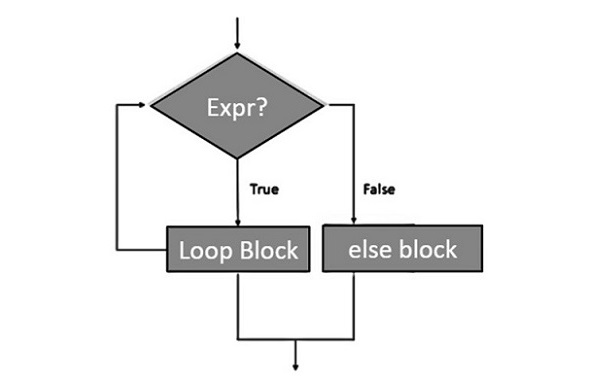
Syntax of For Else Loop
Following is the syntax of for loop with optional else block −
for variable_name in iterable:#stmts in the loop...else:#stmts in else clause..
Example of For Else Loop
The following example illustrates the combination of an else statement with a for statement in Python. Till the count is less than 5, the iteration count is printed. As it becomes 5, the print statement in else block is executed, before the control is passed to the next statement in the main program.
for count inrange(6):print("Iteration no. {}".format(count))else:print("for loop over. Now in else block")print("End of for loop")
On executing, this code will produce the following output −
Iteration no. 1
Iteration no. 2
Iteration no. 3
Iteration no. 4
Iteration no. 5
for loop over. Now in else block
End of for loop
For-Else Construct without break statement
As mentioned earlier in this tutorial, the else block executes only when the loop terminates normally i.e. without using break statement.
Example
In the following program, we use the for-else loop without break statement.
for i in ['T','P']:
print(i)
else:
# Loop else statement
# there is no break statement in for loop, hence else part gets executed directly
print("ForLoop-else statement successfully executed")
On executing, the above program will generate the following output
T
P
ForLoop-else statement successfully executed
For-Else Construct with break statement
In case of forceful termination (by using break statement) of the loop, else statement is overlooked by the interpreter and hence its execution is skipped.
Example
The following program shows how else conditions work in case of a break statement.
for i in ['T','P']:
print(i)
break
else:
# Loop else statement
# terminated after 1st iteration due to break statement in for loop
print("Loop-else statement successfully executed")
On executing, the above program will generate the following output
T
For-Else with break statement and if conditions
If we use for-else construct with break statement and if condition, the for loop will iterate over the iterators and within this loop, you can use an if block to check for a specific condition. If the loop completes without encountering a break statement, the code in the else block is executed.
Example
The following program shows how else conditions works in case of break statement and conditional statements.
Open Compiler
# creating a function to check whether the list item is a positive
# or a negative number
def positive_or_negative():
# traversing in a list
for i in [5,6,7]:
# checking whether the list element is greater than 0
if i>=0:
# printing positive number if it is greater than or equal to 0
print ("Positive number")
else:
# Else printing Negative number and breaking the loop
print ("Negative number")
break
# Else statement of the for loop
else:
# Statement inside the else block
print ("Loop-else Executed")
# Calling the above-created function
positive_or_negative()
On executing, the above program will generate the following output
Positive number
Positive number
Positive number
Loop-else Executed
